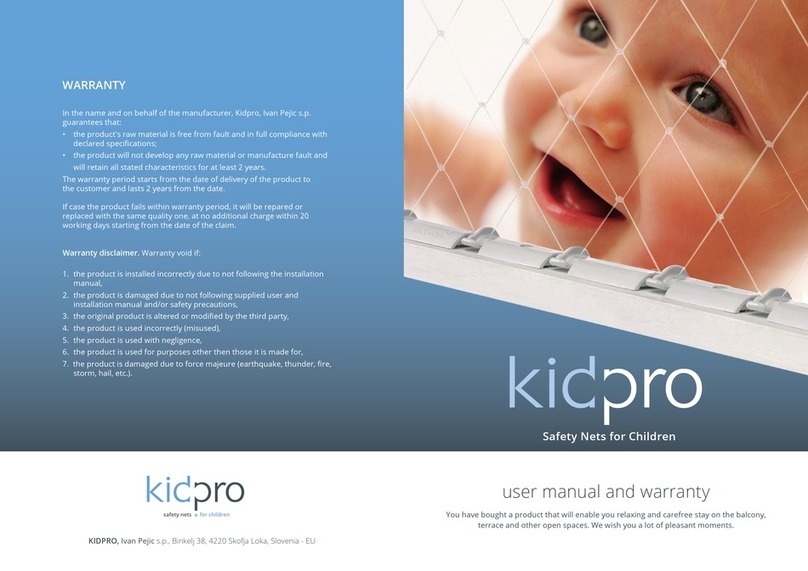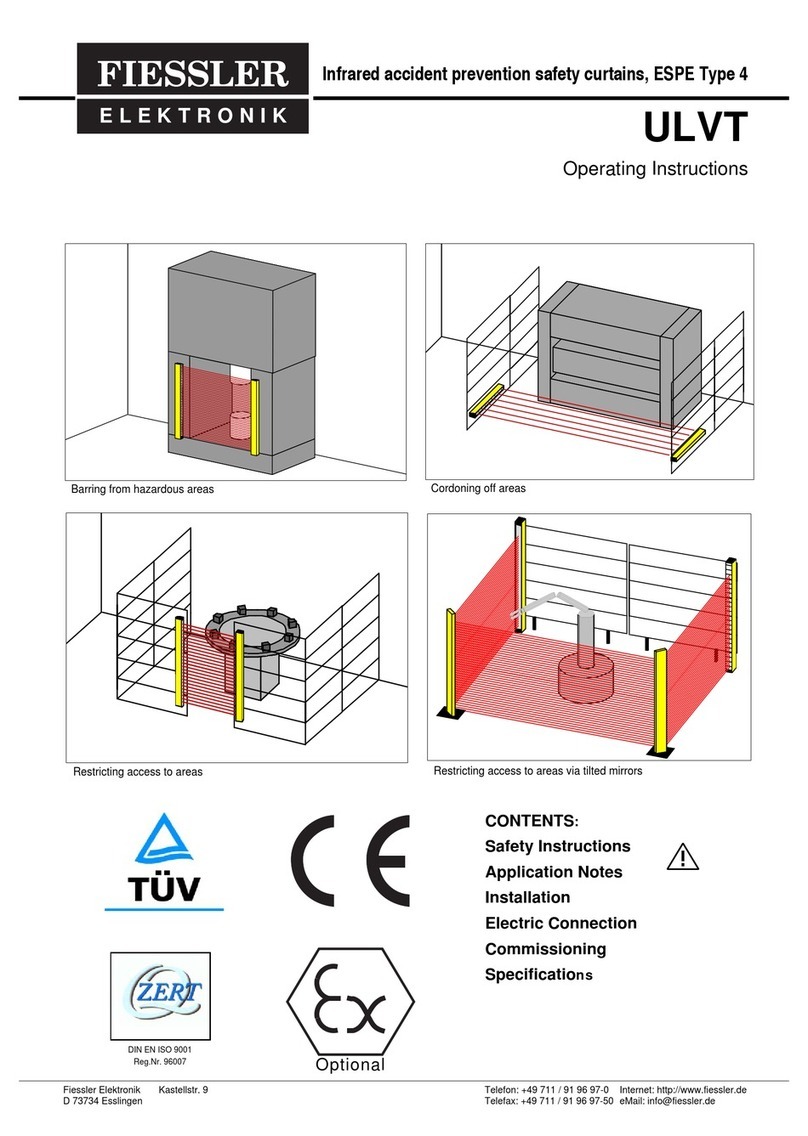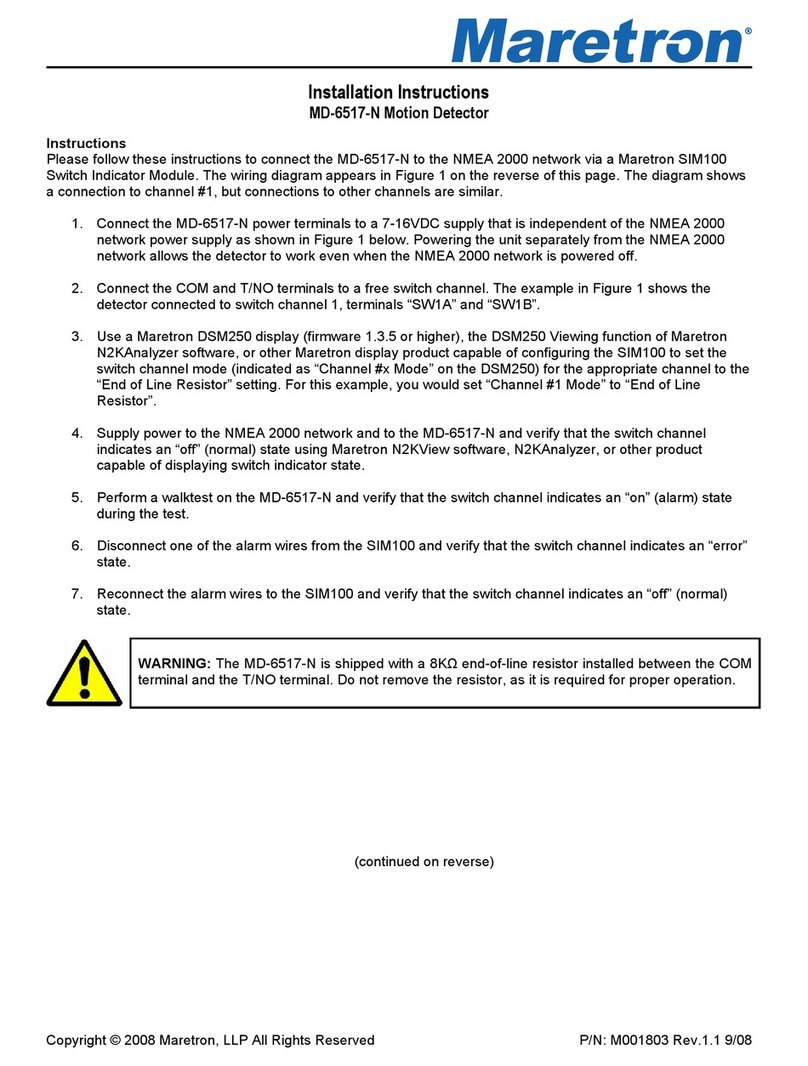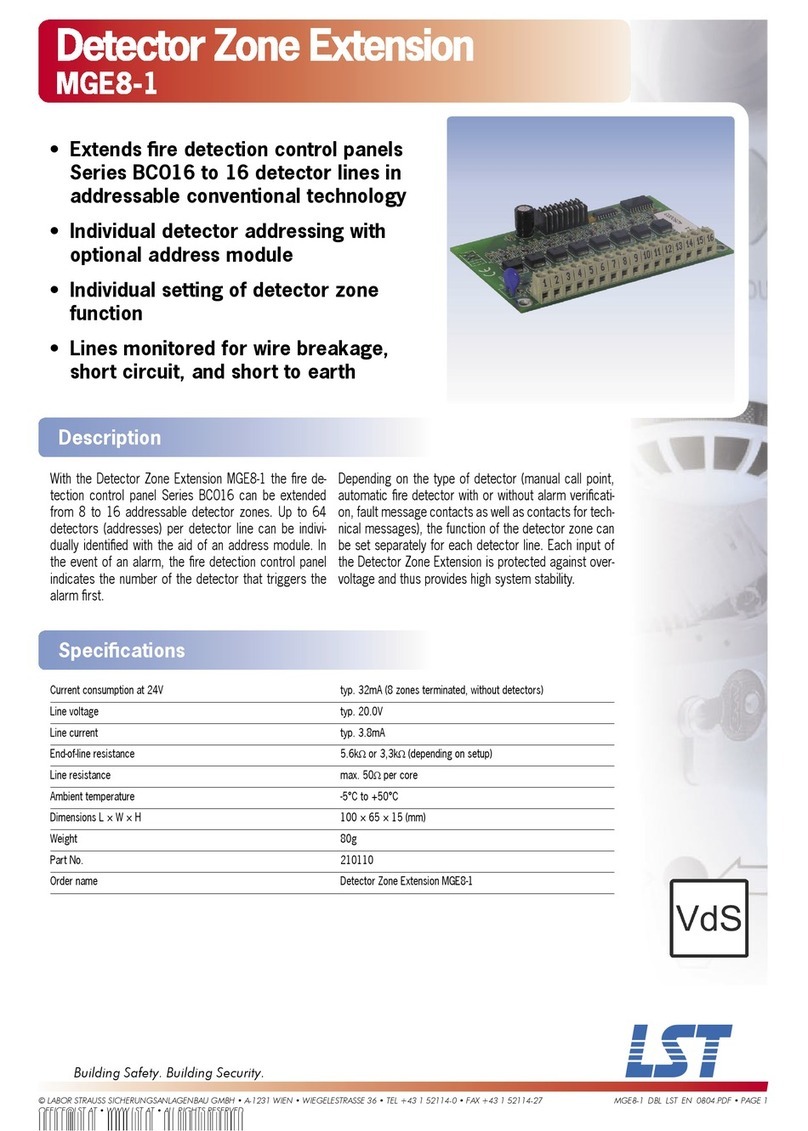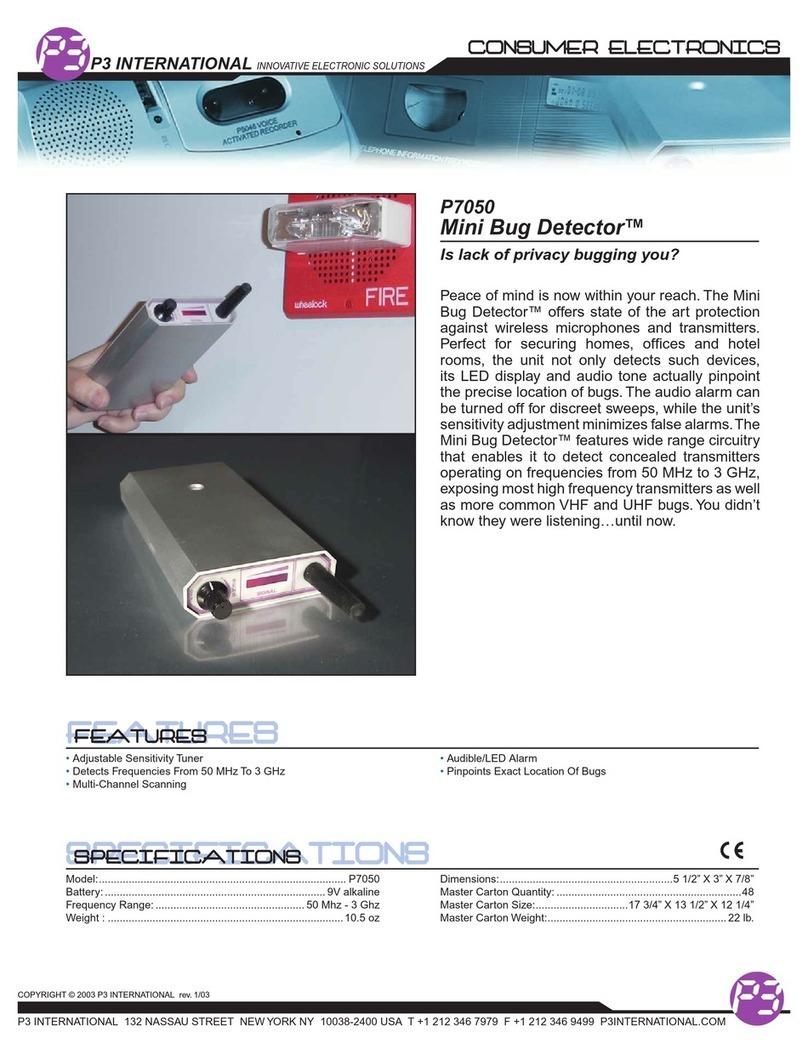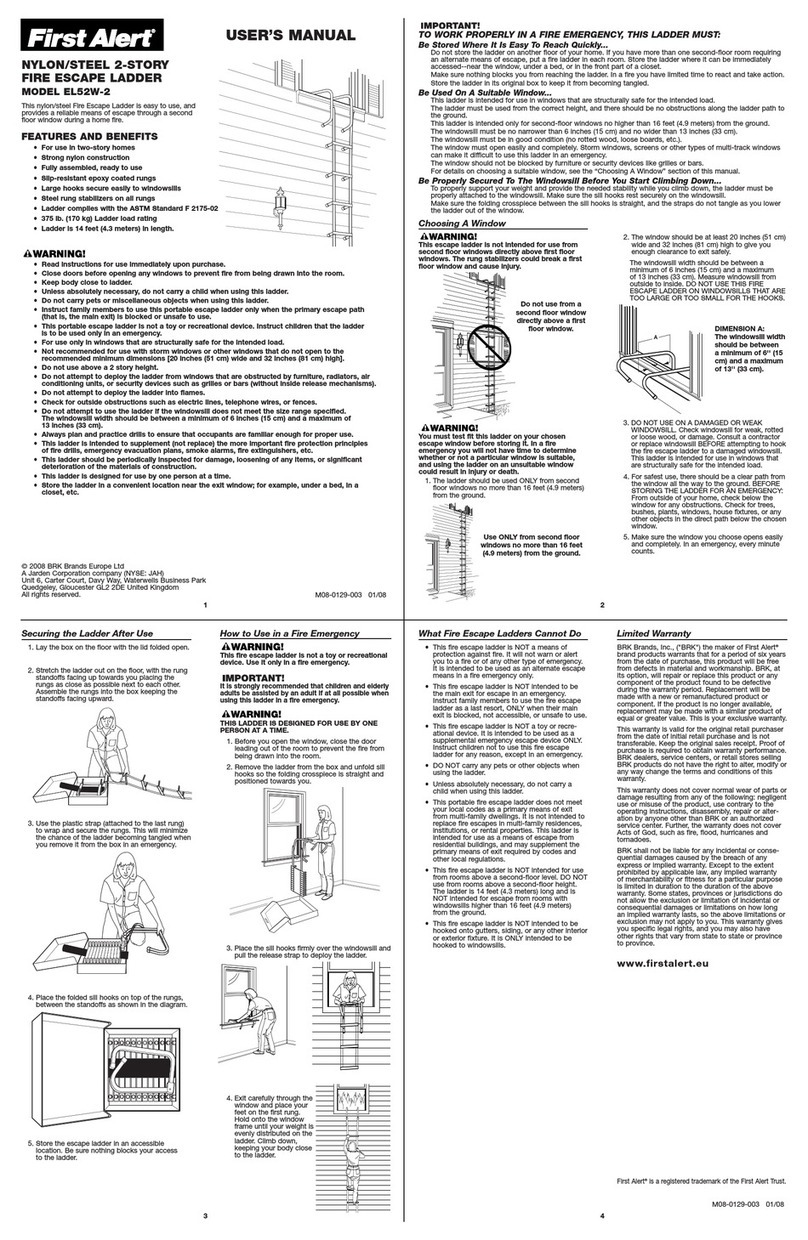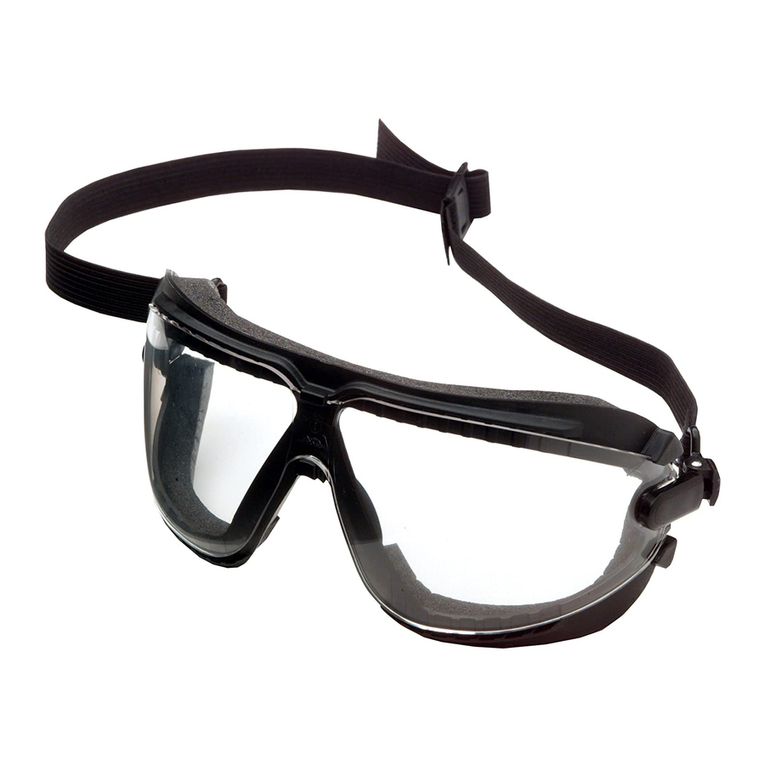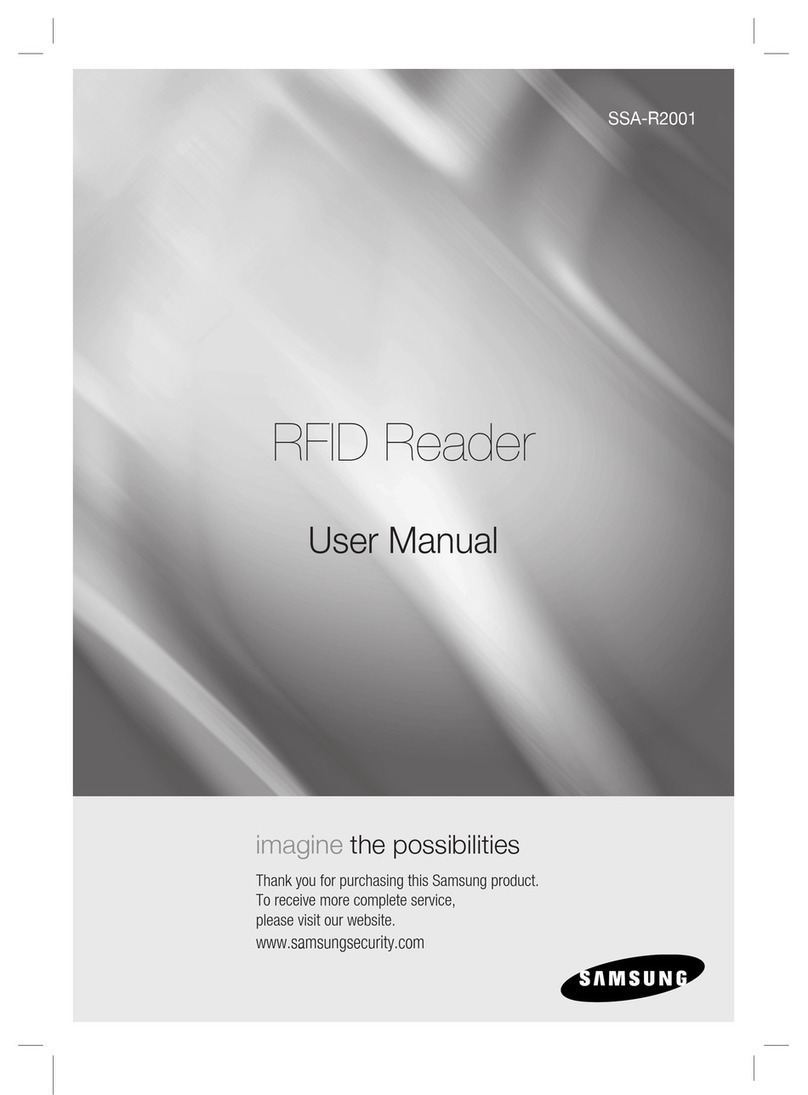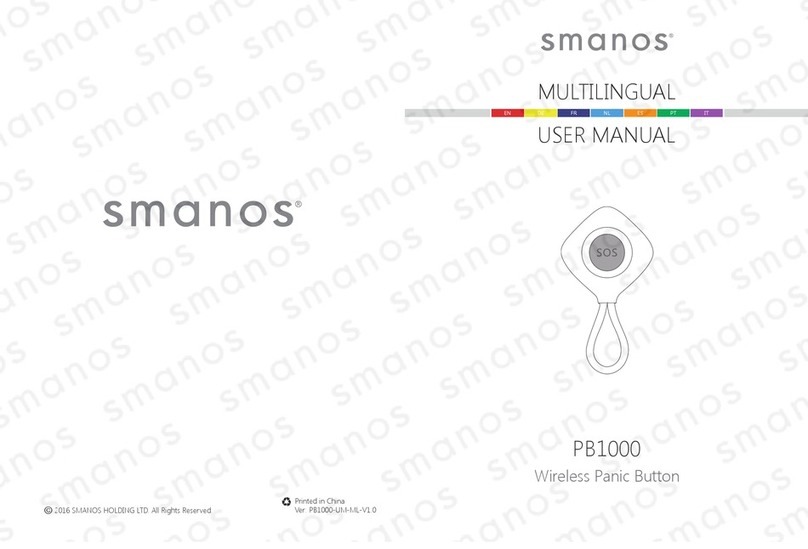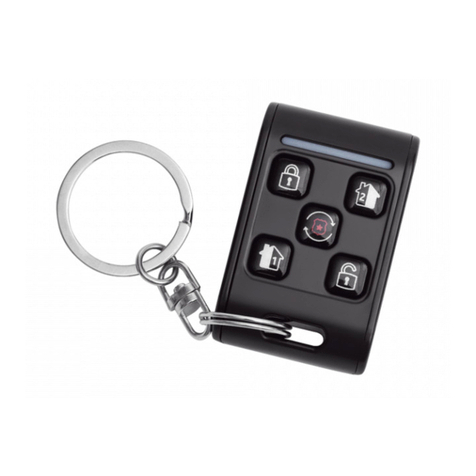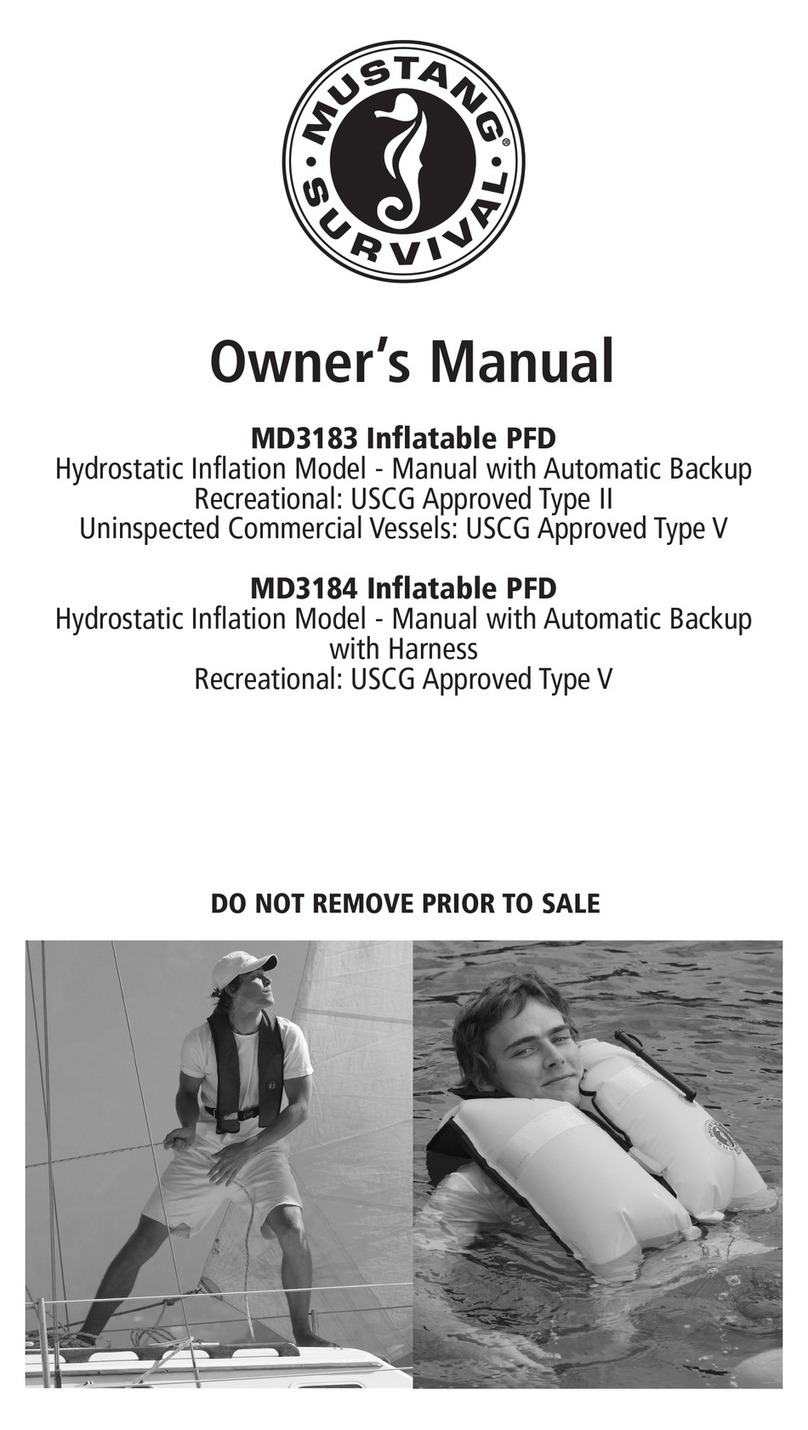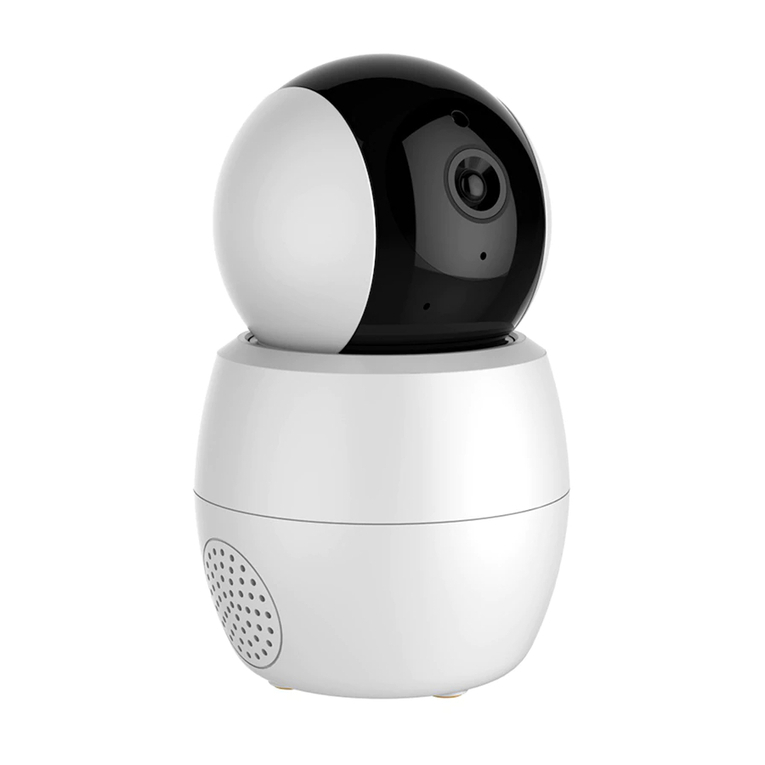
7
System. After initial installation and testing, the
performance of the communication between the
smoke or CO alarm and your Strobe Alert System
may be compromised by changes in the building’s
structure or contents. Always test to ensure the
entire Wi-Safe Home Safety System (all alarms
and receivers) is still working after any changes to
your building’s structure, wiring, plumbing, heating
or changes in position of major items of furniture
(beds, sofas, shelving units, etc.)
We recommend that, as a minimum, you install a
strobe in a room where you are likely to spend
a lot of time during the day. To get you started
quickly your FireAngel WFS-627 has been
designed to detect a signal from any FireAngel
product with a Wi-Safe transmitter as soon as it
is activated. We highly recommend you uniquely
code your Wi-Safe system to your home, and
isolate your Wi-Safe system from other Wi-Safe
systems nearby. To do this go through the simple
section ‘Connecting to Wi-Safe alarms’ starting on
page 12 of your user manual.
The Strobe Alert System will not alert you to
a smoke or re situation unless it has been
triggered by a recognised and operational Wi-
Safe smoke alarm. Also it will not respond and
alert you that a high level of carbon monoxide
(CO) has been detected without the triggering
of a recognised and operational FireAngel Wi-
Safe CO alarm.
The FireAngel Wi-Safe Home Safety System may
not alarm before a re causes damage, injury or
death, as the smoke may not reach the smoke
alarm in time. Examples include smoking in bed
and violent gas explosions. The smoke alarm
may not respond in a reasonable time if it is not
installed in the best position or if obstacles, such as
furniture or closed doors, are located between the
smoke alarm and the re.
The Wi-Safe Home Safety System may not
alarm before a dangerous CO level causes illness,
poisoning or death, as the CO may not reach the
CO alarm in time.The CO alarm may not respond
in a reasonable time if it is not installed in the

